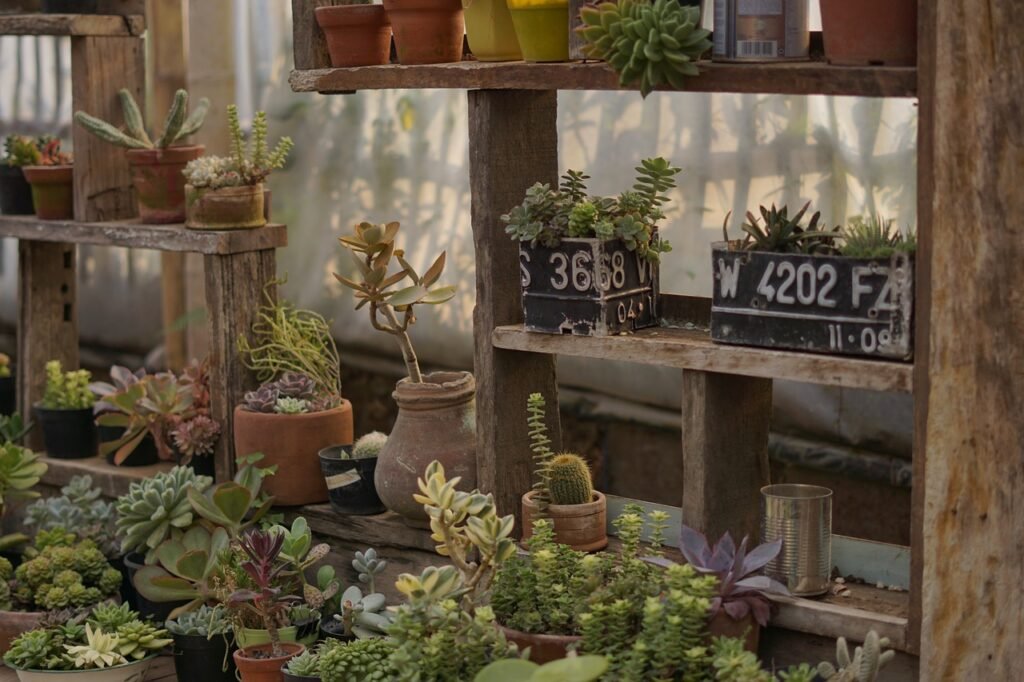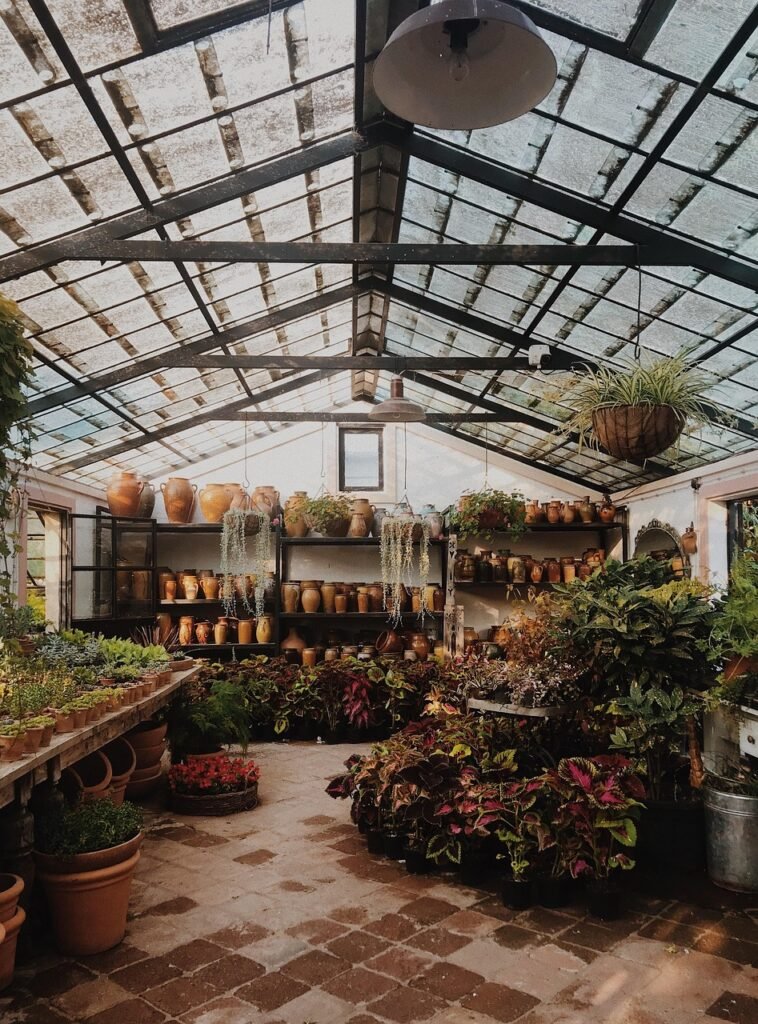When one enters her apartment, plants greet her in green; the soothing presence of nature really helps in one’s healing process within that space, thereby being able to unwind after a long work day. Decorating a home is more than just the right choice of tiles, walls, or furnishings: it provides a healing texture for space and ambiance, thereby conveying aspects of personality. House plants give life, color, and warmth to any room. Whether a novice in the art of keeping plants or adept at being a plant parent, converting your flat into a green getaway may very well become easy and rewarding. Some ingenuity with plants and decorations can give you a warm nook.

What Are Indoor Plants?
Houseplants are decorative plants, or indoor plants, kept in conditions where they grow best inside in low light. Apartment-worthy, these plants are best for landscape use or any indoor space where natural brightness is limited. However, more than just beauty, they beautify the indoors, purify the air, reduce stress levels, and create a feeling of tranquility. The snake plant is quite easy to maintain, while the peace lily is probably the most common and, consequently, many varieties of indoor plant possess distinct advantages.
Indoor Plants: The Favorite
Areca Palm
Tropical and beautifying with its feathery fronds, the Areca Palm can bring a striking elegance and serenity into just about any room. It grows well in bright, indirect light and is supposed to bring positive energies to the home. Easy use make it a great indoor plant for apartment living.
Money Plant
A very usual household plant, Money Plant (or Pothos) boasts heart-shaped leaflets and is known to bring some prosperity and good fortune into homes. It is very dispersed and flexible and grows best in various sites within buildings, ideal for activity-inclined beginners.
Bamboo Plant
Bamboo is an auspicious plant, associated with good fortune and energies, for which reason, most people keep it indoors. Like slender canes, Lucky Bamboo is not true bamboo; it presents growth indoors in bright indirect light and requires little maintenance, making it a perfect interior plant.
Spider Plant: A houseplant with long, arching leaves-the Spider Plant is perhaps the most simple of plants for the amateur to attempt. Hanging baskets would be ideal. Also, it cleans the air by absorbing toxins and odor, so it makes for a healthier living condition.
Snake Plant: Maintenance of the Snake Plant (or Sansevieria) is uncomplicated and hence its popularity. Its sword-like foliage loves low light and irregular watering and purifies indoor air from pollutants like formaldehyde and benzene. This plant is a resilient companion for the bedroom and living room.
Innovative Ways to Style Indoor Plants
Styling indoor plants is not a degreed affair. With a little creative thinking however, plants can find their way into various spots in your home, regardless of the size of the area. Here are some fun and stylish plant deco tips:
Fill Up Corners and Idle Spaces
Empty corners seem to lack life. Reasonably, put in place now a tall plant like Areca Palm to give life to these places. Thus, pairing it with a matching planter to fit into the room’s color scheme is a good thing to unify that space.
Indoor Urban Jungle
If you envision having a lush garden area inside your home, simply transform your area into a jungle inside the urban setting. Combine tall, thick plants, and trailing varieties such as pothos or ivy to create a nice mix of height and texture. This style works particularly well in larger open-plan apartments.
From Wall To Wall Greenery
To maximize the vertical space, hang plants on floating shelves and mounted planters. Use a plant to stand in vertically. These add great accents to a plain wall while saving precious floor space.
Hanging Planters for Effect
Macrame hangers and wall hooks suspend plants from the ceilings, giving them visual intrigue and depth in your apartment. Choose trailing plants like pothos or string of pearls for hanging effects.
Then Frame Windows with Plants by Bringing in
Large leafy plants like the rubber tree or Areca palm prove great candidates for framing windows. This plant filters sunlight and purifies air, creating a fresh and bright feeling in the space.
Polish Your Work Desk
Placing a small plant like a peace lily or jade plant in your work desk encourages focus and calms stress. A little greenery goes a long way toward making your workplace more inviting and productive.
Tiered Stands
Put up a multilevel stand or ladder shelf, and off the plants with varying heights for a luscious, eye-catching display. Adds another dimension to a room, constructing your collection of plants in a focal point.
Sorry There’s a Little but Jumble Up on Shelves & Amp Mantles
Combine small plants with books, candles, or decorative pieces on open shelves. If succulents are not growing well indoors, add some to the coffee table with a terrarium; a little bit less work and looks good. A lovely mix between plants and decor makes the room soothing in a comfortable way, not overwhelming.
Table Accents: Mini plants, succulents, or decorative terrariums can be arranged on dining tables, coffee tables, or side tables as source plant-minimalform centerpiece decorations. Wonderful, low-maintenance centerpieces, add a touch of nature to your interior.
Get an Energy Boost in Your Bathroom: Most of the time, the bathroom is forgotten as an area for plants, but it is probably the best environment for most loved plants, such as ferns, orchids, and spider plants, which thrive in high humidity. They really grow well in the very steam-heavy air, giving that wonderful spa-like environment.
Indoor Plant Care Tips: Now that you have beautifully decorated your indoor setting with plants, maintain them for continued health. Here are some important care tips: Light: Be sure plants are receiving the right amount of light. Some of them, like the snake plants, don’t want too much light, while some need bright but indirect light.
Watering: The soil should not be soaked, lest it saturates the plant. Check the moisture level of the soil before you add more water, and let the soil dry out between watering.
Drainage: Ensured pots should have drainage holes to avoid the accumulation of water at the bottom that results in root rots.
Humidity: Most of the houseplants, especially tropical plants like higher humidity levels. Try using a humidifier for them or you may mist them regularly.
Cleaning: Dusting the foliage of your plants helps them absorb more sunlight making them healthier.
Repotting: Although growing plants may not show need for potting up immediately, they will eventually require a larger pot to prevent overcrowding of roots.
The Merits of Indoor Plantations
Beside that, indoor plant grows in us to sustain economic stability, below are more benefits:
- Cleaning of dirty air: Plants purify the atmosphere by determining toxic and gaseous pollutants. It aids in the formation of good air as oxygen requires.
- Alleviating Stress: It is stated that plants show significant decrease in stress levels, and also help with relaxation.
- Better Focus and Productivity: They have been said to improve concentration and creativity in workspace.
- Provides Moisture: Plants also maintain optimal amounts of humidity content in air.
- Reduces Noise: Indoor plants absorb sound and create a relatively quieter atmosphere.
Final Words
Indoor plants are the simplest and most efficient way to achieve the charm and beauty of your apartment with inner peace. Whether you want to put one eye-catching plant in the corner or make a complete garden inside, a good choice of plant can turn any room around. Indoor plants improve indoor air quality and reduce stress. These are only two of the great many advantages offered by indoor plants. With some effort and imagination, it is easy to enjoy the beauty and peace of nature without leaving home.
